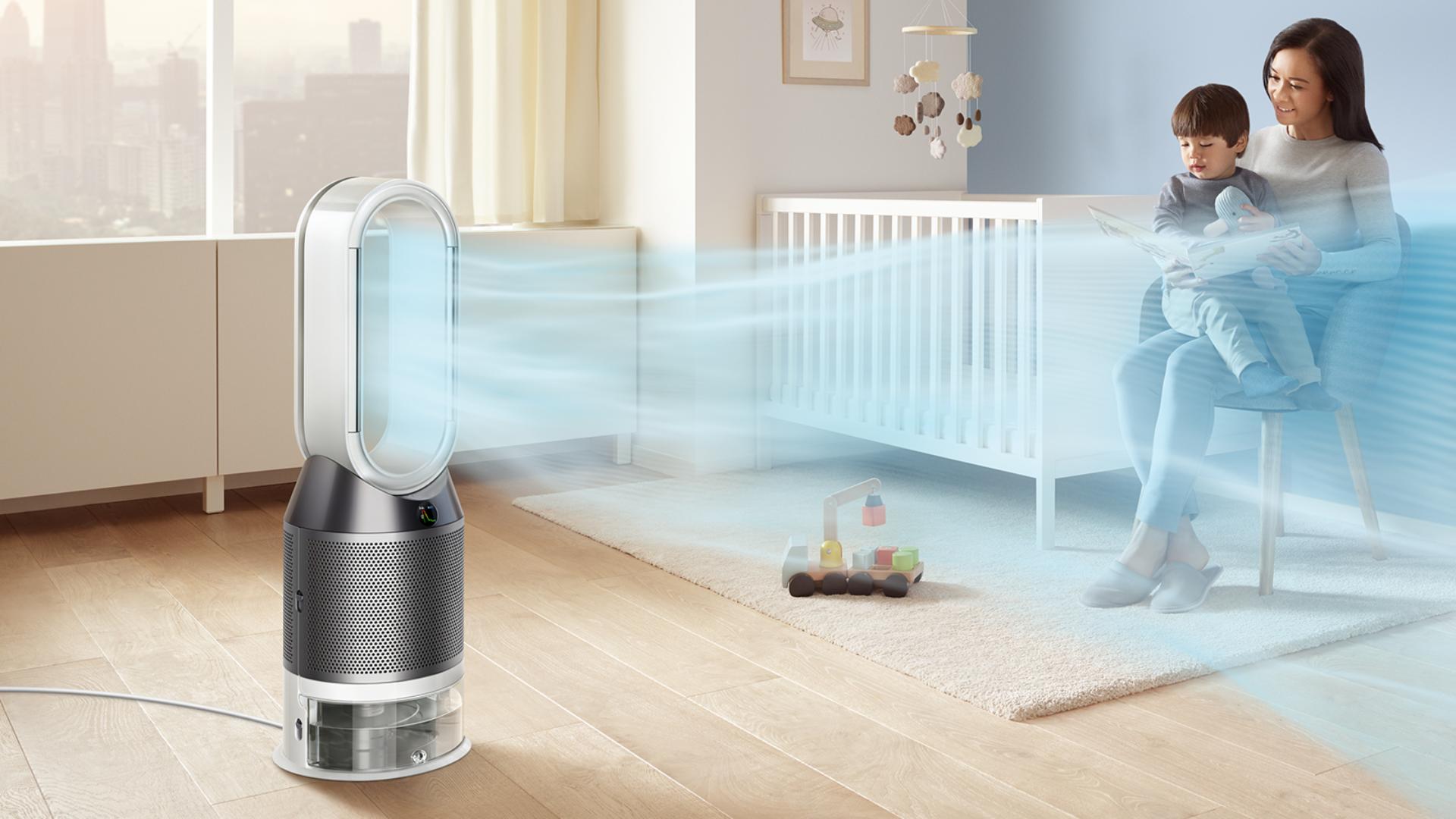Here’s How To Pick The Best Air Purifier For You: Everything You Need To Know

With increased pollution and allergens in the air, air purifiers have become a must-have for indoor settings. In big cities, living in natural surroundings is becoming more difficult, and with rising levels of pollution, fresh air is becoming scarce. Air purifiers tend to be a welcome relief from breathing hazardous air in this situation. Here’s how to find the best air purifier for your needs.
What Is the Purpose of an Air Purifier?
Indoor air is more hazardous than outdoor air. Also contributing to indoor air pollution are home goods such as deodorants, cleaning agents, and inkjet printers. People with dust allergies, asthma, or any other respiratory ailment, as well as children, should use an air purifier. Allergens, pollen, dust, pet hair, and other pollutants that are undetectable to the naked eye are removed by air purifiers, which improve air quality. Some air purifiers are also capable of absorbing odors from paints and varnishes.
How Do You Pick an Air Purifier Depending on Your Personal Preferences?
Every Person’s Need for an Air Purifier Is Different. Here’s What Works Well in a Few Situations:
• Asthmatics should use air purifiers with TRUE HEPA filters rather than ozone-based purifiers.
• People with poor immunity and those on dialysis should install high-quality air purifiers with True HEPA filters, Pre-filters, and other features.
• Only True HEPA Filter technology ensures that allergens are completely removed.
• People who live near building sites should use a purifier with a robust pre-filter. Pre-filters should be replaced on a regular basis.
• People who live in industrial areas should invest in an air purifier with Activated Carbon filters to eliminate odors.
• People who have dogs at home should choose air purifiers with a powerful pre-filter to avoid inhaling pet hair.
Before You Buy an Air Purifier, There Are a Few Things You Should Know
There are a few things you should consider before purchasing an air purifier. Purifiers use a variety of technologies to accomplish their goals. The following are the primary characteristics:
Filter Levels and Types
Pre-Filters
Large particles such as pet hair are removed using pre-filters such as foam and non-woven polyester before the next stage of filtration.
True HEPA
Pollen, animal skin and dander, mold spores, and dust are all cleaned by true HEPA (High-Efficiency Particulate Air) filters. HEPA filters can capture 99.9% of all particles, even those as small as 0.3 microns. Filters for HEPA air purifiers must be replaced on a regular basis. The more particles that a HEPA filter can remove, the larger it is. The performance of an air purifier is heavily influenced by the size, material, and structure of the filter.
Activated Carbon Filters
Filters with activated carbon are used in conjunction with other filters. Filters made of activated carbon/charcoal absorb odors and gases, neutralizing smoke, chemicals, food odors, and fumes. Carbon filters must also be updated after extended use.
Antibacterial and Germicidal Filters
Filters that are antibacterial and germicidal aid in the elimination of hazardous bacteria and germs.
UV Filters
The air you breathe is sterile thanks to UV filters and HEPA filters. To reduce the risk of airborne diseases, this filter is commonly used in hospitals, restaurants, labs, and daycare centers.
Charged Media Filters
Particle filtration and an electrostatic charge filter are used in Charged Media Filters to filter particles as fine as 0.1 microns. This filter must also be changed in order for it to function properly.
Photocatalytic Oxidation (PCO)
During the filtration process, a photocatalytic oxidation (PCO) filter employs a titanium dioxide-coated metal plate and UV light to oxidize and physically break down pollutants.
An Air Purifier’s Air Change Rate
An air purifier’s ACH (or air change per hour rate) reflects how many times the purifier filters the entire room’s air in one hour.
CADR Scores
CADR refers to the amount of cleaned air delivered by an air purifier at its highest speed setting. It refers to both the amount of airflow and the efficiency with which particles are removed. Look for the CADR before making a purchase; the greater the CADR, the more efficient the air purifier will be for particular room size.
Based on the Size of the Area/room, Choose an Air Purifier.
The size of your room is a crucial consideration when selecting an air purifier. Larger spaces necessitate larger air purifiers, so make sure you pick one that can work in a space 20-40 percent larger than the room for the best results.
The sort of air purifier to use is also determined by the room. When shopping for a bedroom air purifier, look for one that is quiet so you can sleep soundly. When no one is in the room, a purifier for the living room can have changeable settings that you can alter or reduce.
Warranty and Customer Service
After 12 to 18 months, every air purifier will need to be replaced. Make sure your product’s after-sale service is up to par so that replacement is quick and painless. Also, because your purifier is a large investment for your home, check sure the product comes with a long guarantee to safeguard you from manufacturing faults.





